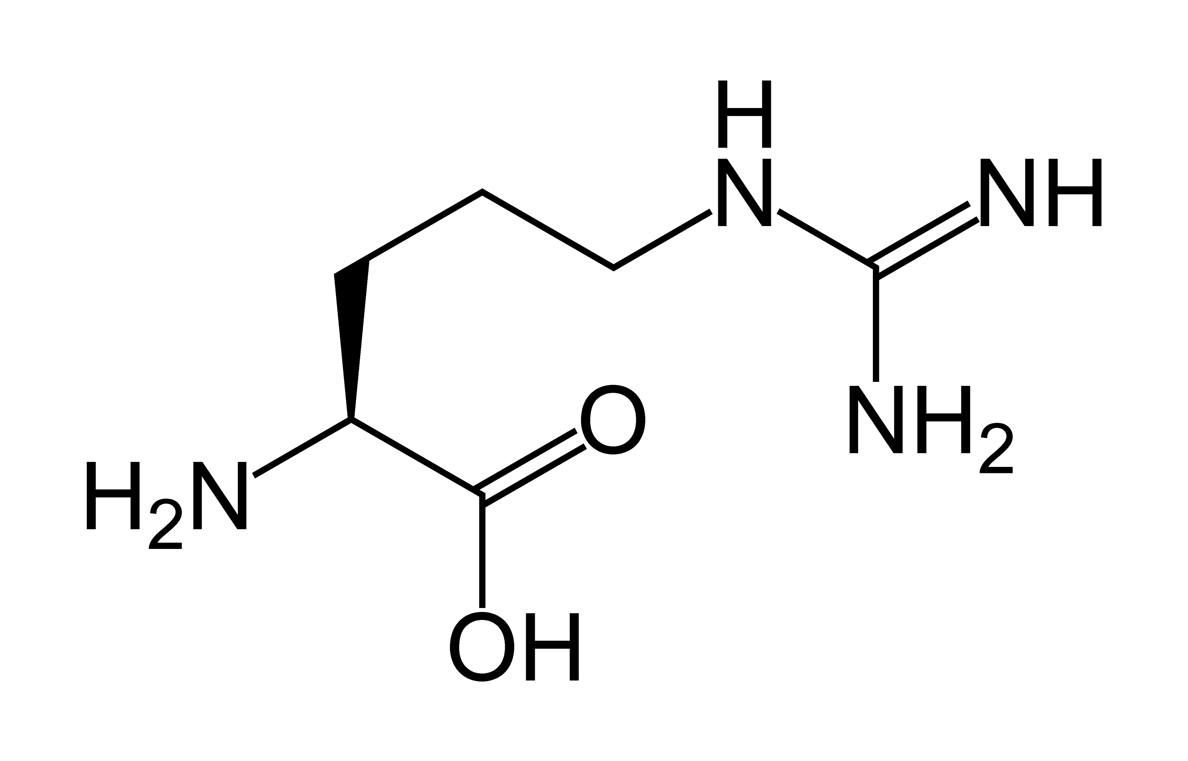Professor Arduino Mangoni is Professor and Head of Clinical Pharmacology at Flinders University, Adelaide, Australia. His research interests include metabolomics and ageing, drug discovery and geriatric clinical pharmacology. Here he discusses his Age and Ageing paper New horizons in arginine metabolism, ageing and chronic disease states.
The amino acid arginine plays a vital role in the regulation of many physiological and pathological processes in humans, particularly those involving the cardiovascular system. As cardiovascular disease is highly prevalent in older people, the measurement of circulating markers of arginine metabolism might improve our capacity to diagnose and manage conditions such as hypertension, coronary artery disease and heart failure, in this group. This is particularly so as we are currently able to measure several of these biomarkers in one single assessment, using very small amounts of plasma or serum, which is particularly useful when conducting studies in relatively large patient populations.
Two specific arginine metabolites have been increasingly studied with regard to their potential role in risk stratification and/or in the identification of novel therapeutic targets: the methylated arginine asymmetric dimethylarginine (ADMA) and the arginine analogue homoarginine. ADMA is a potent inhibitor of the synthesis of the key endogenous messenger nitric oxide. By contrast, homoarginine might exert positive effects on nitric oxide synthesis, although the exact mechanisms of action of this arginine metabolite are not fully established.
A comprehensive review of the available evidence suggests that the presence of high circulating ADMA concentrations increases adverse cardiovascular outcomes in patients with different baseline degrees of cardiovascular risk. There is also some evidence that ADMA might predict the onset and progression of other common disease states in older age such as chronic obstructive pulmonary disease, dementia, and depression. By contrast, higher circulating homoarginine concentrations have been shown to predict a reduced risk of cardiovascular morbidity, cardiovascular mortality, and all-cause mortality. However, the role of homoarginine in other common diseases in older age remains to be established. Further observational studies are required to determine whether the routine measurement of ADMA and homoarginine might help in better identifying older patients, particularly those >80 years, that have a particularly high risk of adverse outcomes in the context of cardiovascular disease and/or specific non-cardiovascular conditions.
There is also evidence that specific pharmacological and non-pharmacological interventions, such as physical exercise, treatment with statins, and dietary interventions with nitrate are able to reduce ADMA concentrations and, consequently, exert specific cardiovascular benefits. More recently, strategies to increase homoarginine concentrations, using oral supplementation of this arginine metabolite, have been successfully trialled in healthy subjects. While these studies have primarily addressed the safety of homoarginine supplementation, intervention studies investigating clinical efficacy end-points are eagerly awaited.
In conclusion, the measurement of specific arginine metabolites, particularly ADMA and homoarginine, is increasingly being investigated as a tool to enhance risk stratification and, possibly, identify new therapies for chronic disease states in older people. The available evidence on ADMA and homoarginine is particularly promising in cardiovascular disease and might also extend to other conditions such as COPD, dementia, and depression. However, additional research demonstrating the advantages of measuring arginine metabolites is warranted in order to justify their routine assessment in clinical practice.
